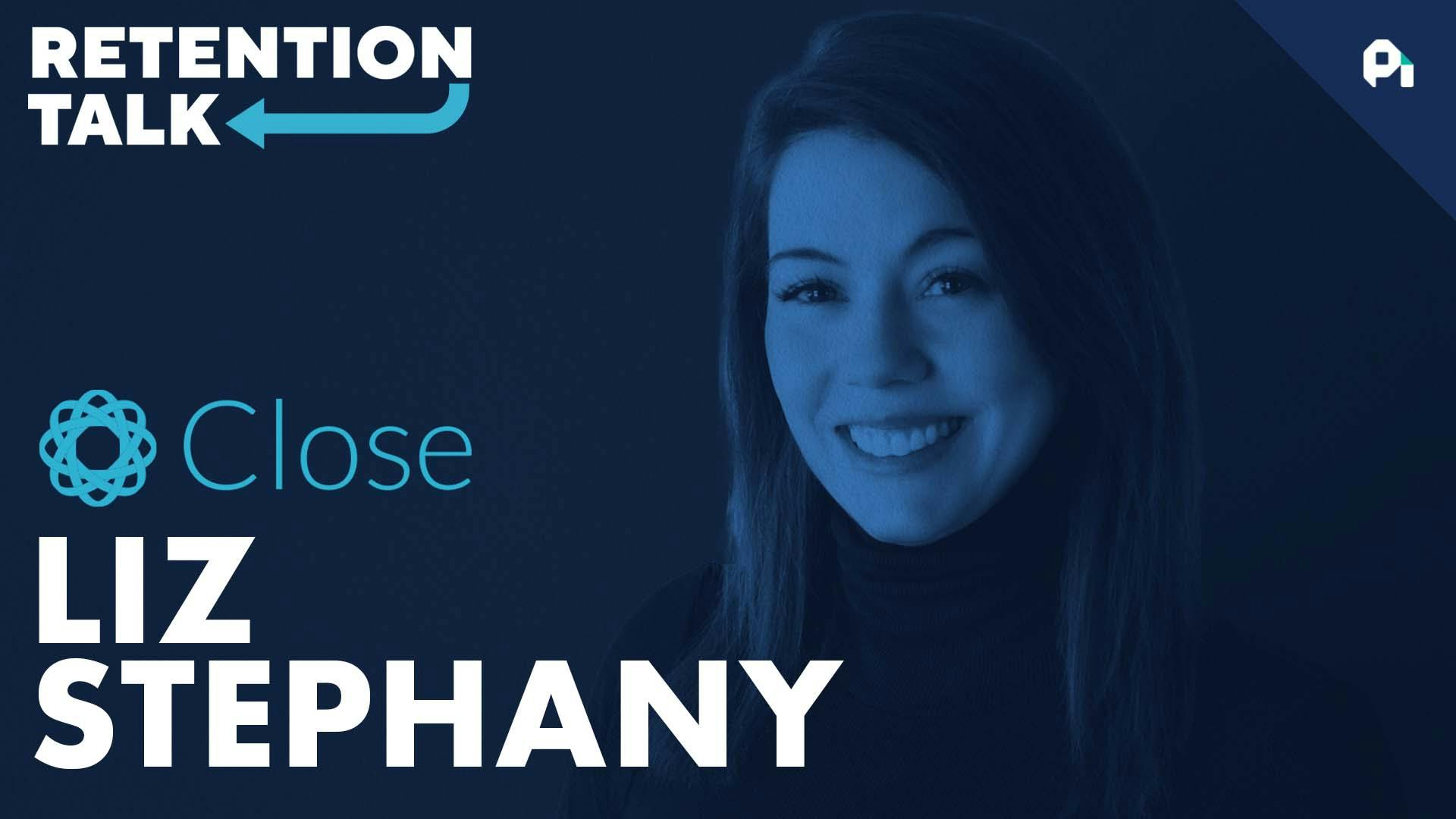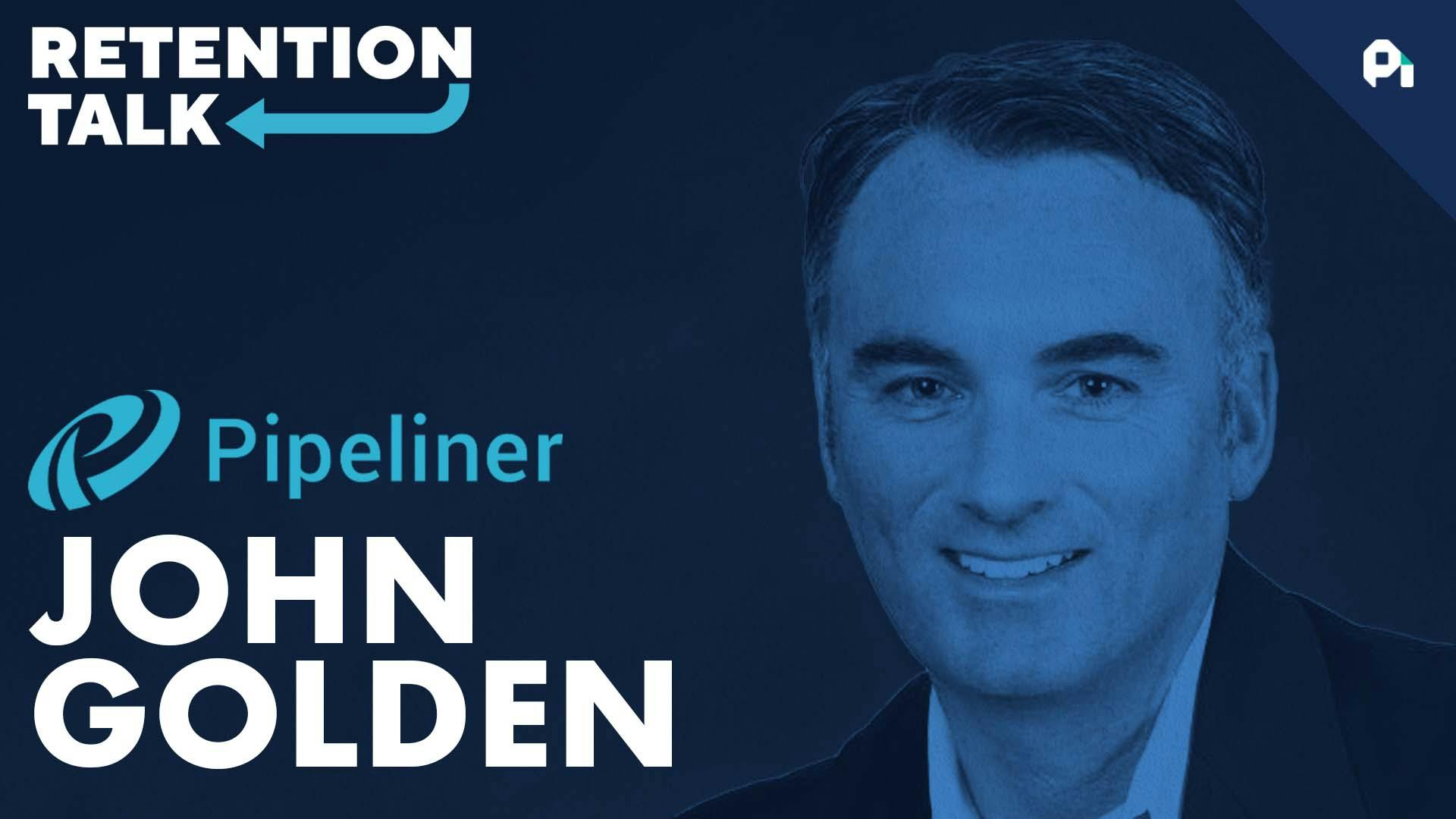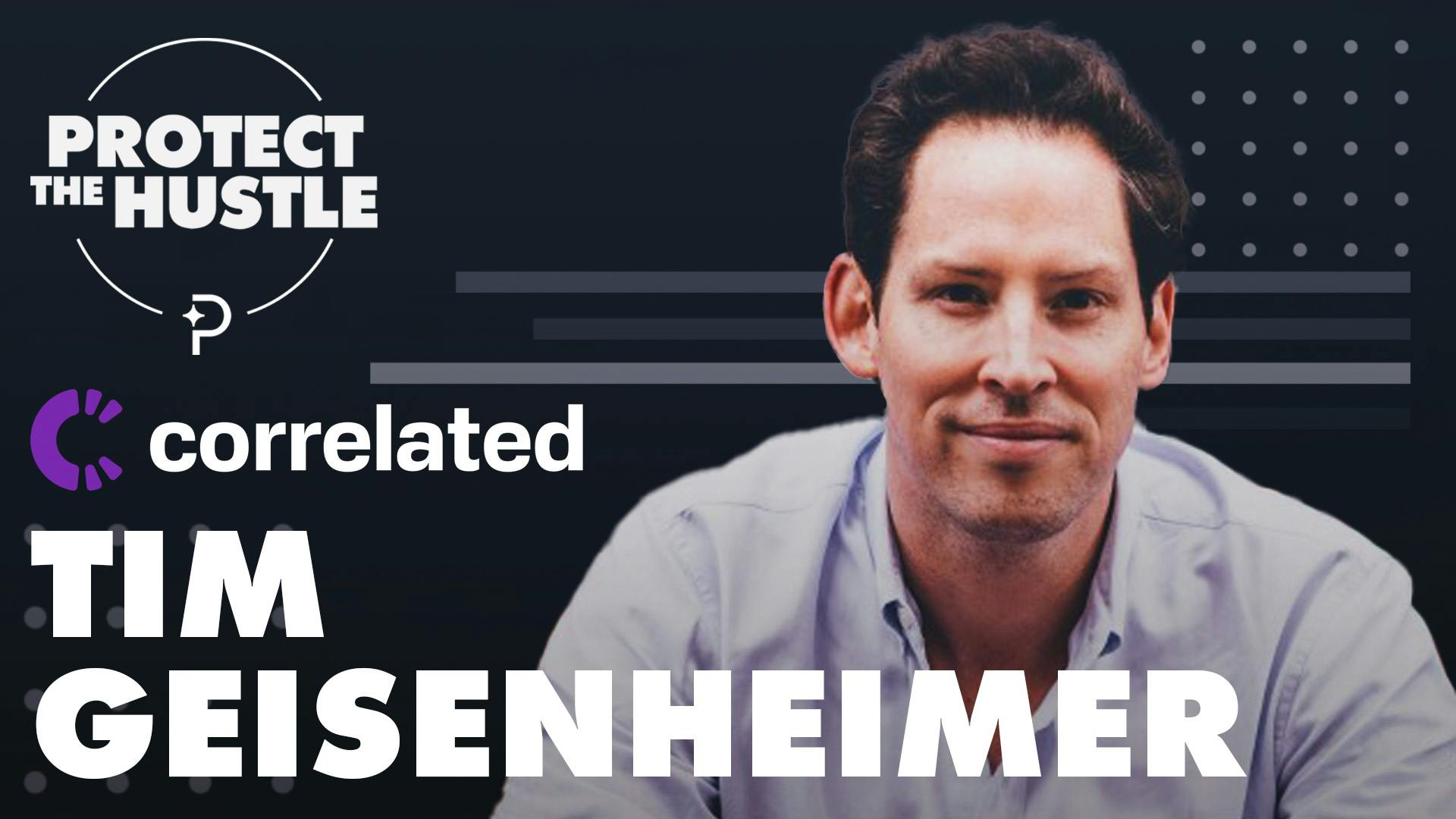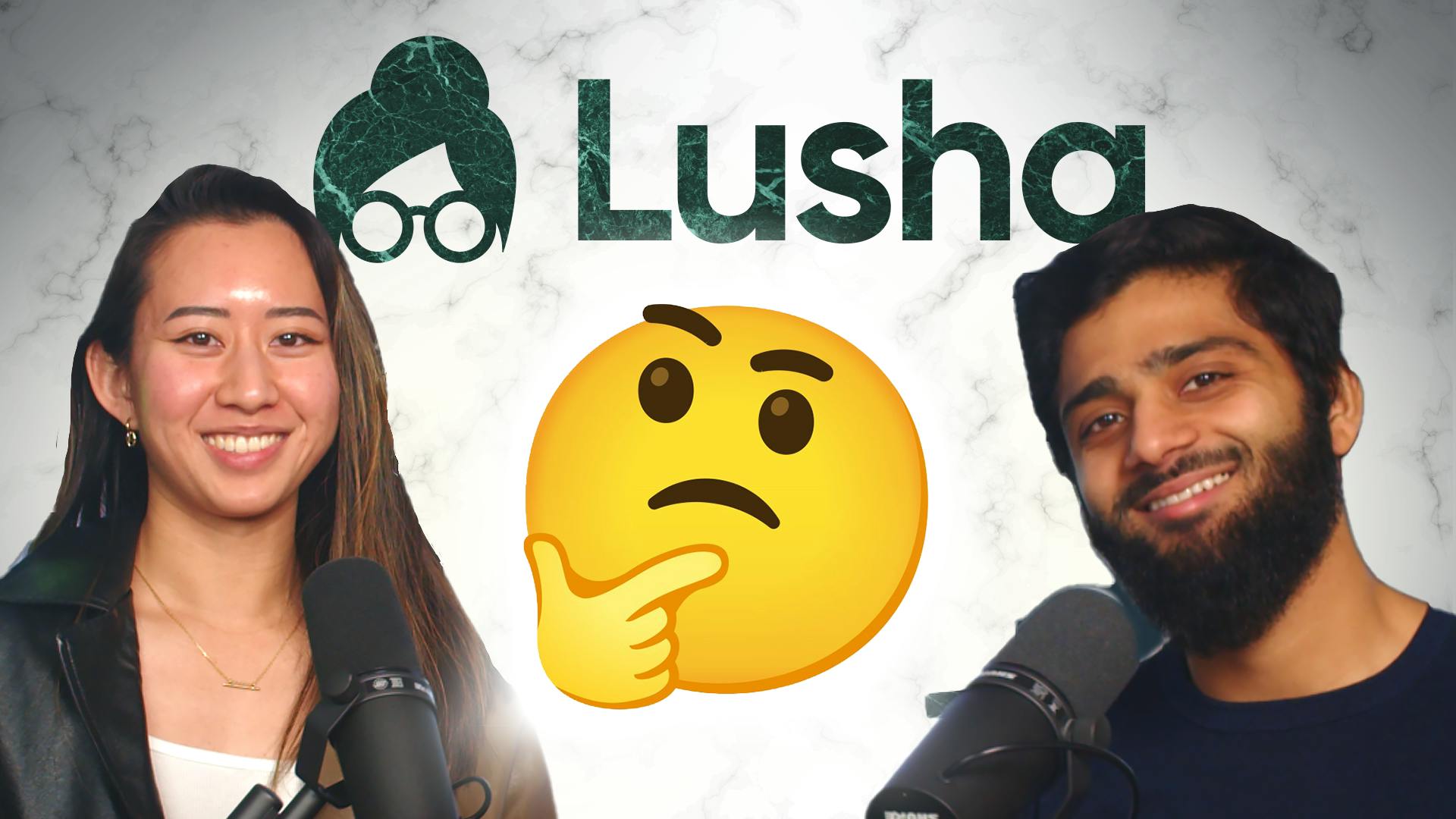
The First Cancellation Speedrun? | Lavender
Lavender
In this premiere episode, Paddle’s Neel Desai and Allissa Chan are breaking down the cancellation flow for the email software Lavender. Lavender is an email assistant app that was founded in 2020 and uses AI to assist with prospecting, coaching and spam checks. Plans range from free to $49.00 a month. Lavender is a powerful AI assistant with a ton of potential, but their cancellation flow needs a bit of work.
Quick Hits
- Find the right level of friction: Don’t hold your customers hostage, but don’t make your cancellation flow frictionless either. You need to find the right balance of friction.
- Never link customers to a Google doc: Present a survey within the flow to guide customers towards a proper salvage offer.
- Your customers who cancel aren’t lost: Present offers after customers churn to try and win them back.
Takeaways
Find the right level of friction
Lavender is doing so many things well, but the first thing we noticed about their cancellation flow is that we were able to cancel in under 2 seconds. That’s a speedrun you don’t want your customers to accomplish. Although you shouldn’t hold your customers hostage with dark UX patterns and overly complicated steps, you shouldn’t just let them walk away either. You need to find that perfect level of friction in your cancellation flow.
Before you let them walk away, you need to implement a few basic points of friction to promote loss aversion while also keeping your customer happy. Firstly, you need to let your customer know what they’re going to miss out on. Although Lavender does this by showing you a list of their Pro Plan features, the friction stops there. They need to take it further by implementing a short survey and using that information to lead customers to an appropriate salvage offer. You shouldn’t be able to cancel any product in under 2 seconds.
Survey design and salvage offers are important
Like a lot of companies out there, Lavender needs to implement a survey within their flow that leads to a proper salvage offer. Right now they’re linking to a Google Doc. Just taking that survey and moving it directly into the cancellation flow would already help introduce a bit more friction and lead to an increase in customer responses. However, they need to take it further than that. Use these responses to drive customers towards an appropriate salvage offer. For example, if a customer thinks the product is too expensive, offer them a discount. Implementing a flow like the one we offer with Retain, that includes proper salvage attempts would increase their retention by 25%-30%.
Your customers who cancel aren’t lost.
When a customer cancels, it’s easy to think that they’re gone forever, pivoting back towards acquisition and ignoring a crucial fact: your customers who cancel aren’t lost. On the contrary, those who already have experience using your product are extremely valuable, and there is a lot of potential for them to return. Maybe they loved your product but just couldn’t afford it. Maybe they were looking for a feature that you now have in beta.
Lavender unfortunately doesn’t do anything once we cancel. We didn’t get a single email from them. It’s important to gather the reason why your customer cancelled and then try and win those customers back with targeted campaigns. The email you send to your customer after they cancel is one of the most important emails you are ever going to send. Maybe offering up a discount is all it takes to win that critical customer back.
Make sure you email us at churningpoint@paddle.com or hit up Neel and Allissa to tell us who you want us to break down next.
Do us a favor?
Part of the way we measure success is by seeing if our content is shareable. If you got value from this episode and write up, we'd appreciate a share on Twitter or LinkedIn.
00;00;00;00 - 00;00;06;01
Neel
Considering how nice lavenders UI has been so far, it was kind of surprising. They link us to a Google doc.
00;00;06;04 - 00;00;23;08
Allissa
A Google doc.
00;00;23;10 - 00;00;29;07
Allissa
Hello and welcome to Churning Point, a show where we buy products just to see what it's like to cancel. I’m Neel Desai.
00;00;29;12 - 00;00;29;26
Neel
I'm Allissa.
00;00;29;26 - 00;00;43;20
Allissa
Chan and today we're breaking down lavender. Lavender was founded in 2020 and is an email assistant. It provides coaching, prospect research and even spam checks. Plans range from free all the way to $49 per user per month.
00;00;43;22 - 00;00;59;22
Neel
Lavender is doing some really cool things, but as we'll see, there are definitely some key updates that could be made here. So we're going to take a look at some things that they're doing well and some things that they're doing not so well to try and save their customers before they reach their turning point.
00;00;59;24 - 00;01;31;04
Allissa
When a customer tries to cancel. You have 18 seconds to try and save them. Now, we're not suggesting you hold your customers hostage, but the tactics that we cover provides the right amount of friction to try and save these vital customers before they reach their turning point. Now, listen, I hate to go this hard on lavender in our very first episode, but they make it way too easy to cancel and I can prove it.
00;01;31;07 - 00;01;35;16
Neel
Hey, guys, Allissa here are doing the first ever lavender cancellation for a speedrun.
00;01;35;19 - 00;01;59;18
Allissa
You're ready to do it type Anything that you can cancel in less than 2 seconds is just simply not enough friction. Now, one thing that Lavender tries to do well was leading to this concept of loss aversion. Loss aversion is the idea that when a customer tries to cancel, you try to reinforce the things that they'll actually lose if they proceed with the cancellation.
00;01;59;21 - 00;02;06;12
Allissa
Lavender tries to point out some of the things that I'm going to lose if I cancel my subscription, but it doesn't seem to go that far.
00;02;06;14 - 00;02;22;11
Neel
And that's not the only thing, Neel. Not only are they letting us cancel really, really quickly, but shortly after we do get an email, it looks like an attempt to capture more info and also reactivate us. Considering how a nice lavenders UI has been so far, it was kind of surprising. They link us to a Google dog.
00;02;22;13 - 00;02;45;20
Allissa
A Google doc. I think the spirit of what they're trying to do here is a good one, right? You want to get feedback from your customers and why they're canceling. But I think where they missed a mark here is that by the time a user is canceled and has moved on with their life, they're long gone. And so where I think Lavender could improve here is take a lot of the content in this Google doc and bring it back to their cancellation flow and try to capture feedback earlier in the process.
00;02;45;23 - 00;02;56;20
Neel
So what's interesting is the last impression I have of lavender is this email linking me to a Google doc. There was really no outreach beyond that later on to try and win me back or incentivize me to reactivate my subscription.
00;02;56;22 - 00;03;25;16
Allissa
Lavender, come on, you're killing us right? Once your customers cancel, they're still out there. They haven't vanished. They're not gone. And especially for a product that's so good and innovative in the email outreach space, a lot of customers are probably trying out your product and are potentially users in the future and down the road. And so what I would have loved to see and hear from Lavender is some sort of offer or mechanism or even just some information around ways that I can sign back up and start my subscription again.
00;03;25;19 - 00;03;44;02
Neel
So to recap, Lavender, you're just making it way too easy for us to leave right now. I think as with all cancellation flows, you want to make sure that your loss aversion tactics are as specific to the user as possible and that you're collecting insightful cancellation reasons. But maybe even more importantly, presenting your users with salvage offers to try and save them while they're in the middle of the cancellation flow.
00;03;44;08 - 00;04;02;03
Allissa
Yeah, I couldn't agree more. And I think the other thing here that we see with lavender is they just haven't really invested in their reactivation flows. Something we've seen in the data with retain all the time is that a customer who's churned is 300% more likely to reactivate when compared to a brand new prospect. Well that's it for this episode of Turning Point.
00;04;02;03 - 00;04;13;11
Allissa
If you're Lavender or any other company out there interested in optimizing your cancellation flow or just generally interested in the retention audit. Drop us a note at churningpoint@paddle.com and we'll hook you up. Cool. What's up next week?
00;04;13;11 - 00;04;21;13
Neel
Listen, so next week we're diving into the world of sales with Lusha. Their cancellation flow definitely needs a few tweaks here and there, so make sure you're tuning in to that episode. Thanks for watching.

B-Side: How donations increase subscription retention

Two ways to segment churn | Close's Liz Stephany

Expansion revenue, CX perpetuity, and maintaining focus | Pipeliner's John Golden

Should You Focus on Your Competition?


